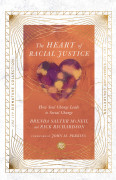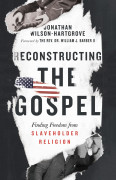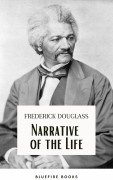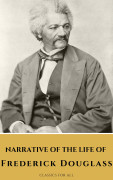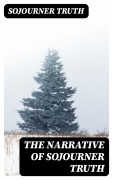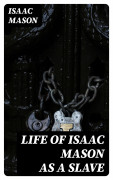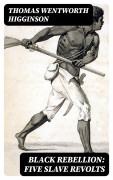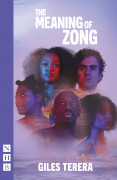The Dialogue on Race and Faith Project, Jemar Tisby, Christopher P. Momany, Sègbégnon Mathieu Gnonhossou, David D. Daniels, R. Matthew Sigler, Douglas M. Strong, Diane Leclerc, Esther Chung-Kim, Albert G. Miller, Estrelda Y. Alexander: Awakening to Justice
Faithful Voices from the Abolitionist Past
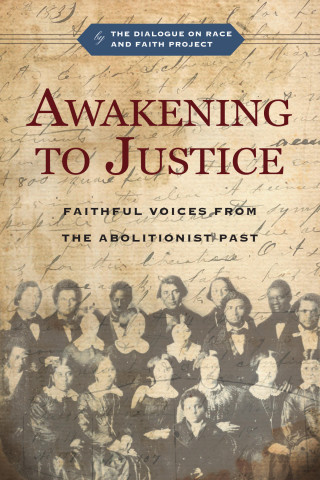
| Produkttyp: | eBook-Download |
|---|---|
| Verlag: | IVP Academic |
| Erschienen: | |
| Sprache: | Englisch |
| Seiten: | 240 (Druckfassung) |
| Format: | EPUB
Info▼
|
| Download: | 9,9 MB |
"O where are the sympathies of Christians for the slave and where are their exertions for their liberation? . . . It seems as if the church were asleep."
David Ingraham, 1839
In 2015, the historian Chris Momany helped discover a manuscript that had been forgotten in a storage closet at Adrian College in Michigan. He identified it as the journal of a nineteenth-century Christian abolitionist and missionary, David Ingraham. As Momany and a fellow historian Doug Strong pored over the diary, they realized that studying this document could open new conversations for twenty-first-century Christians to address the reality of racism today. They invited a multiracial team of fourteen scholars to join in, thus launching the Dialogue on Race and Faith Project.
Awakening to Justice presents the groundbreaking work of these scholars. In addition to reflecting on Ingraham's journal, chapters also explore the life and writings of two of Ingraham's Black colleagues, James Bradley and Nancy Prince. Appendixes feature writings by all three abolitionists so readers can engage the primary sources directly.
Through considering connections between the revivalist, holiness, and abolitionist movements; the experiences of enslaved and freed people; abolitionists' spiritual practices; various tactics used by abolitionists; and other themes, the authors offer insight and hope for Christians concerned about racial justice. They highlight how Christians associated with Charles Finney's style of revivalism formed intentional, countercultural communities such as Oberlin College to be exemplars of interracial cooperation and equality.
Christians have all too often compromised with racism throughout history, but that's not the whole story. Hearing the prophetic witness of revivalist social justice efforts in the nineteenth century can provide a fresh approach to today's conversations about race and faith in the church.
